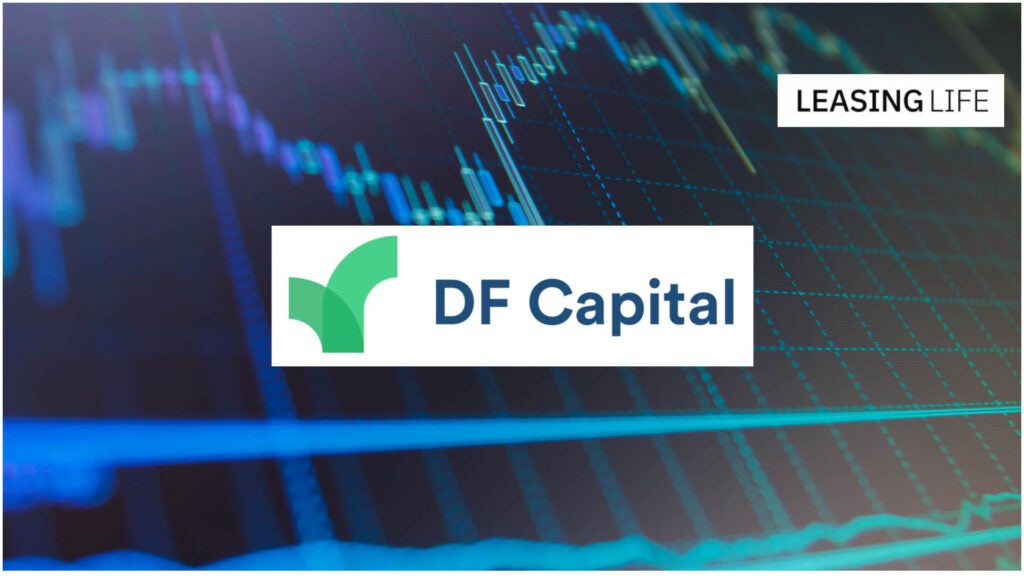Advisory firm Grant Thornton
tells Liz Bury how it aims to help asset finance providers to
access funds.

Many asset finance providers have
found it tougher to secure new lines of credit since the 2008
financial crisis.
Funding is at a premium, some
funders have less appetite for asset finance than in years gone by,
and others are pulling out of the market altogether. So, how is a
lessor to secure much needed funds at an affordable price?
One option is to engage an agent.
An intermediary with know-how in securing bank funding can help
match up funders with distribution opportunities, and leasing
companies with lines of credit.
Step forward Grant Thornton,
accountancy and advisory firm, which has built up a specialism in
asset finance over the past few years.
How well do you really know your competitors?
Access the most comprehensive Company Profiles on the market, powered by GlobalData. Save hours of research. Gain competitive edge.

Thank you!
Your download email will arrive shortly
Not ready to buy yet? Download a free sample
We are confident about the unique quality of our Company Profiles. However, we want you to make the most beneficial decision for your business, so we offer a free sample that you can download by submitting the below form
By GlobalDataTarun Mistry, Grant Thornton
director, and head of leasing and consumer finance, says: “We focus
on helping businesses to refinance existing debt or to find new
additional debt or equity. It can be leasing or consumer finance,
or a business dependent upon assets in its trading.”
In 2010-11, Grant Thornton
generated total funding of £65m (€75m), which went to companies
involved in contract hire, funding of renewable energy assets, and
general leasing. Successful projects could result in a further
£100m raised.
The names of the companies involved
remain hush-hush, because the firm acts confidentially for
clients.
The asset finance team’s experience
on both sides of the fence – in banking and leasing – is promoted
as one of its main strengths. Mistry, who spent 10 years as finance
director for various leasing and consumer finance companies, has
recruited Gerard Moon, credited with growing Fortis Lease UK to a
£1.8bn business from 1990 onward.
Independent
edge
 Moon acknowledges the
Moon acknowledges the
dramatic change in the funding climate over the past couple of
years.
“With limited capital, banks are
looking at existing clients first, and trying to cross-sell
multi-products into those clients, rather than a mono-product like
leasing,” he says.
That situation is thought unlikely
to change within the next two years.
Mistry adds: “A business can’t
raise funds in the way it used to do, which was to price up the
offers and take the best one. Now they need to go to lenders with a
well thought out business plan, that’s structured in the right way
for that lender.”
Introducing an independent eye to
the process of creating a business plan is one way to reassure
banks that the approach is credible.
“We take management’s business
plan, and put it together in a way that we are comfortable with the
numbers, the structures and the products. For the funders, it’s got
that edge compared to the other deals,” Moon says.
The level and type of advice and
support provided depends on the nature of the business involved. In
broad terms, the process begins with a conversation between Grant
Thornton and the client, with a view to producing an information
memorandum about the business.
First, a one-page teaser document
is submitted to the banks and, after a confidential discussion, if
funders are interested in continuing the conversation, a full
information memorandum is provided. This acts as the starting point
for further talks, including a face-to-face meeting between the
funder and client, with Grant Thornton present.
The next stage is to submit a
funding request document. This provides banks with an overview of
the business.
“Then you might include a suggested
funding structure,” Mistry says. “We interrogate the numbers. We
want to make sure the details in the document are right, and we
have addressed and answered some of the questions the potential
lender might ask.”
Tailored
solutions
The firm has connections with
funders familiar with leasing and contract hire, and with many new
to the sector. Transactions secured so far have been in contract
hire, leasing, consumer finance and renewable energy leasing.
In the main, the funding model has
either been back-to-back, where the bank lends to the leasing
company; or undisclosed agency, where the bank takes the credit
risk on the end user, albeit anonymously. Each deal is tweaked to
suit the funder and the lessor involved.
A three-year block discounting
facility of £26.5m was secured recently for Bibby Leasing, from a
syndicate of funders. New funders have also been introduced to the
contract hire market, following a period of retrenchment by
existing funders. There were 19 funders in the contract hire sector
three years ago, and there are now nine.
Moon says: “Funders are now looking
about. Margins have increased, so therefore returns have
increased.”
For lessors wanting to raise funds,
or for those conscious of existing facilities coming up to expiry
date, the best time to talk is a year in advance.
“If facilities are going to mature
tomorrow, a different conversation is needed to extend that
facility to give us time to find more funding. If it matures in a
year’s time, that’s a good time to start talking. It enables us to
run the process in a controlled manner,” Mistry says.
There are no guarantees, although
there are funds available if you pitch it right.
Mistry says: “It’s not a slam dunk.
It’s a real hard graft to explain why, and to educate the funders
about a business.
“We don’t do this overnight, it takes time.”







